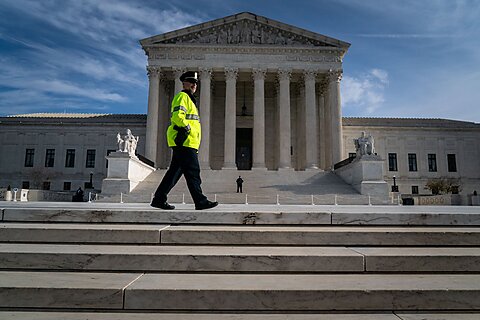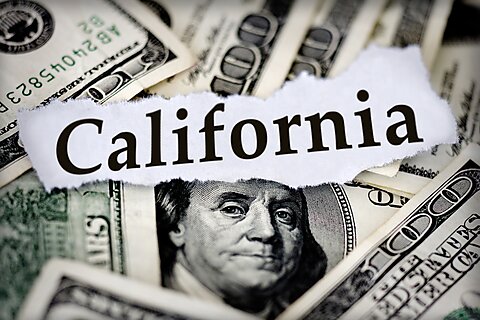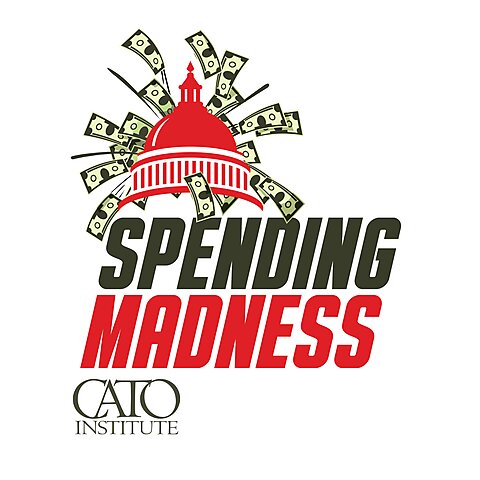The low‐income housing tax credit (LIHTC) provides $13 billion a year of federal subsidies to state governments, which distribute the benefits to favored developers. The program has many faults, but perhaps the worst is the absurd complexity.
I described some of the complicated state‐level LIHTC rules at National Review and at AEI. Now let’s look at the federal rules. This webpage lists documents containing the LIHTC’s federal rules, including IRS regulations, rulings, procedures, and notices. I examined the number of pages in each document as a measure of the complexity that administrators and developers have to deal with. I only included LIHTC‐specific documents. I tallied the PDF page counts, as shown in the tables below.
Statute. The LIHTC statute—Internal Revenue Code Section 42—covers 59 pages of text.
IRS Regulations. The law is further defined by regulations. I counted 18 regulations for the LIHTC covering 181 pages.
IRS Rulings. These documents indicate how to apply the LIHTC rules to specific facts. I counted 18 revenue rulings covering 101 pages.
IRS Procedures. These documents indicate how to apply the LIHTC rules in certain situations. I counted 18 revenue procedures covering 78 pages.
IRS Notices. These documents provide updates and calculation details for the LIHTC. I counted 10 notices covering 82 pages.
HUD Guide. Other federal rules include a 794‐page guide from the Department of Housing and Urban Development on occupancy requirements for LIHTC buildings. Check out the extraordinary micromanagement here.
Audit Guide. The IRS audit guide for the LIHTC is 350 pages of mind‐numbing details. A few other federal rule documents add another 474 pages.
Total Pages. All in all, federal rules for the LIHTC span at least 2,060 pages.
This single tax credit needs 2,060 pages of federal rules to implement, plus masses of state‐level rules, as discussed here. The winners? Only the lawyers. The LIHTC is not some simple investment incentive, but rather a giant central‐planning scheme for the nation’s apartment buildings.
Krit Chanwong contributed to this blog post.









